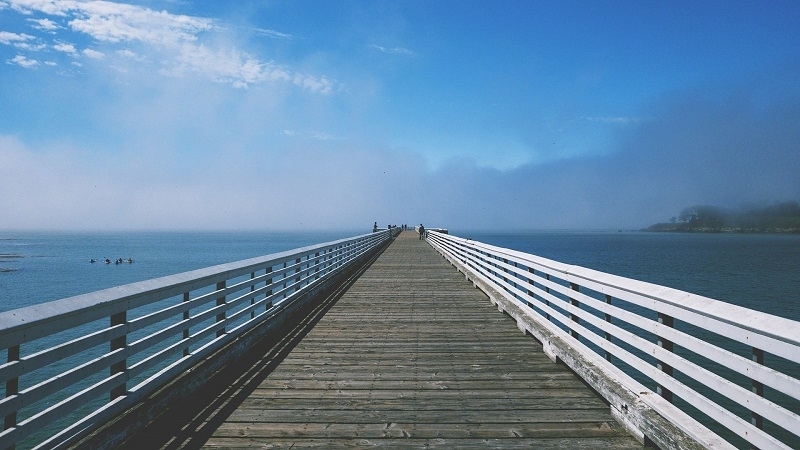What to consider when laying a deck
Published: 17/08/20 By: Mike Bekin
Large areas of decking are a practical and attractive solution for landscaped outdoor spaces. Suitable for commercial and residential areas, as well as public spaces, timber decking can help to transform the look of an outdoor area and dramatically improve its usability. Carefully planning the layout, look and structure of your deck will help to ensure it’s as durable and eye-catching as possible.
Location
The first thing that needs to be considered when building a deck is the location. Look at the site to see if it’s sloping, flat or has any other unusual features that could be incorporated into the design. The layout of the site will have a big impact on the structure of the decking and the finished look of the project.
It’s also important to think about the prevailing weather conditions in the space. If the deck will be exposed to direct sun, or high levels of wind, you may want to consider building a pergola or screen into the design. This will provide those using the space with a little protection from the elements.
Design
Timber decking is a very versatile flooring solution. It allows for the creation of intricate and interesting designs which can complement your internal flooring design. Your timber decking can be laid at an angle to increase visual interest, or even sweeping curves can be incorporated into the design. To lead users along a set path different features can be added into or next to the decking to improve the user experience such as guide lights. As at @BuildingNews says, “There are different types of decking available, including softwood, composite, engineered products and hardwood. With correct grading and calculation of load spans, safe, durable designs can be created.”
When creating a design for your timber decking, consider the surrounding buildings and exterior features. Creating a design that complements and enhances its setting will help to ensure the finished deck is as successful as possible.

Features
Timber decking designs often have several built-in features. In public spaces, these features are often benches, planters and other installations that enhance the space and make it more usable. Water features, pavilions and other integral elements can also be incorporated into the design of a deck. Adding these features to your initial design will help your contractors and timber suppliers understand exactly what you want from the space. It may also have an impact on the timber species that are chosen for the project.
Timber
Your choice of timber will have a big impact on the look, cost, durability and performance of your decked area. Cedar, oak, ekki, cumaru, ipe and thermodified ash and spruce are all good choices for decking projects. Composite WPC decking is also a good option for those who want a durable, low maintenance finish.
If you’re currently designing a decking area, or if you are planning a decking project for the future, we can offer advice on the most appropriate timbers for the job. Find out more, and speak to a friendly member of our team, by exploring our site today.
